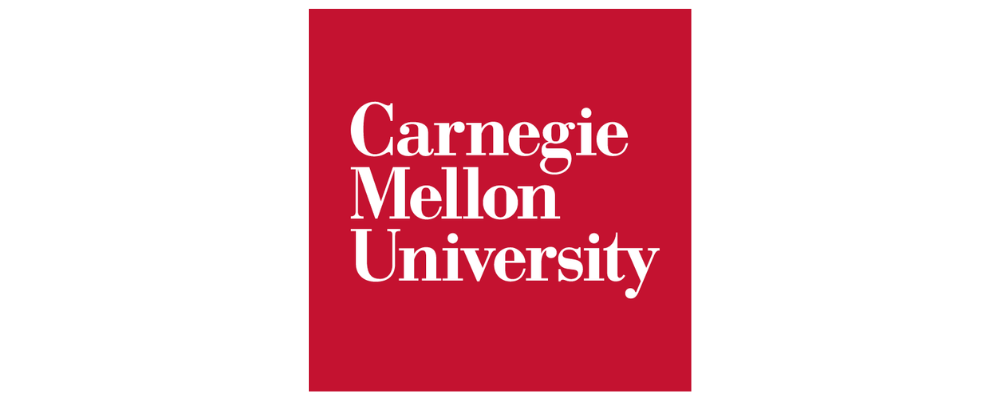In a lawsuit, the Federal Trade Commission (FTC) said Amazon used a secret algorithm to determine how much to raise prices in a way competitors would follow and that brought the company $1 billion in revenue. Amazon insists the project had a benign aim and was scrapped.
In this context, a new study by researchers at Carnegie Mellon University sheds light on the effectiveness of automated pricing strategies used in e-commerce and their interactions in competitive markets, finding that pricing algorithms with seemingly benign aims can lead to higher prices in the market – specifically when others use more sophisticated pricing algorithms.
The study, “Algorithms, Artificial Intelligence and Simple Rule-Based Pricing(opens in new window),” is a working paper available via SSRN.

“We sought to answer a crucial question,” explained Param Vir Singh(opens in new window), Carnegie Bosch Professor of Business Technologies and Marketing at Carnegie Mellon’s Tepper School of Business, who coauthored the study. “How would the use of pricing algorithms affect prices in the market?”
The FTC and 17 states filed an antitrust suit against Amazon in September 2023, accusing the retailer of illegally protecting its online retail monopoly. Although most of the lawsuit has been redacted, the Wall Street Journal, which had access to an unredacted draft, said Amazon used the algorithm to test how much it could increase prices and have competitors still do the same. Amazon said the algorithm was discontinued a few years ago.
In this study, researchers investigated automated pricing strategies, which can be broadly classified into two categories: simple rule-based algorithms, such as price matching or undercutting competitors by a fixed margin, and more advanced artificial intelligence-driven algorithms, including those employing reinforcement learning (RL). A form of adaptive learning, RL enables algorithms to optimize pricing through experimentation.
Simple rule-based algorithms are prevalent among online sellers, with major platforms like Amazon, Google Shopping, Walmart and third-party repricers offering them to sellers for price management. In contrast, advanced AI-powered pricing algorithms are still emerging. The research indicates that simple rule-based algorithms complement AI-driven pricing strategies and collectively contribute to price increases in the market.
The simple rule-based algorithms link the seller’s pricing strategy to that of their competitors, adopting a “tit for tat” approach. Whenever a competitor increases their price, these simple rule-based algorithms follow suit by raising their own prices. Likewise, when a competitor lowers their price, the simple rule-based algorithms also reduce their prices. The study revealed that when sophisticated AI algorithms compete against these simple rule-based algorithms, they quickly grasp the reactive “tit for tat” behavior exhibited by the latter. The RL algorithms learn that increasing their prices will lead competitors using simple rule-based algorithms to do the same. Using simple rule-based algorithms as competitors against AI algorithms significantly boosts all sellers’ profits, albeit at the expense of consumer surplus.
“Amazon’s Project Nessie appears to be assessing whether competitors employ simple rule-based algorithms resembling “tit for tat” pricing strategies. In such scenarios, competitors react to Amazon’s price increases by raising their own prices. This approach could enable Amazon to establish higher price points, but it should not be misconstrued as indicative of price fixing,” said Singh.
Sellers routinely attempt to deduce the pricing strategies of their competitors and devise optimal responses to these strategies. This is a common method for determining competitive pricing within the market. However, when the competitor’s strategy mirrors “tit for tat,” the most effective response is to set higher prices. Remarkably, all of this occurs without any form of communication or coordination between competitors. This presents a significant challenge for policymakers because establishing collusion requires regulators to demonstrate that coordination or communication among competitors directly contributed to the elevated prices.
“Our findings have important implications for policymakers,” suggested Qiaochu Wang, Ph.D. student in business technologies and marketing at the Tepper School, who led the study. “Pricing algorithms offer sellers increased market responsiveness, but they can also inadvertently foster implicit collusion, driving prices to unreasonably high levels.
“Although Amazon’s Project Nessie has been discontinued, simple rule-based algorithms continue to be prevalent. AI-powered algorithms possess the capability to deduce the tactics employed by these simple rule-based algorithms, subsequently leveraging them to inflate market prices at the expense of consumer welfare. While not constituting explicit price-fixing, policymakers should devote greater attention to this situation,” said Wang.
Additional authors on the paper include Yan Huang(opens in new window), associate professor of business technologies, and Kannan Srinivasan(opens in new window), the H.J. Heinz II Professor of Management, Marketing and Business Technologies, both of the Tepper School.
“Carnegie Mellon University is a private research university in Pittsburgh, Pennsylvania. The institution was originally established in 1900 by Andrew Carnegie as the Carnegie Technical School. In 1912, it became the Carnegie Institute of Technology and began granting four-year degrees.”
Please visit the firm link to site


